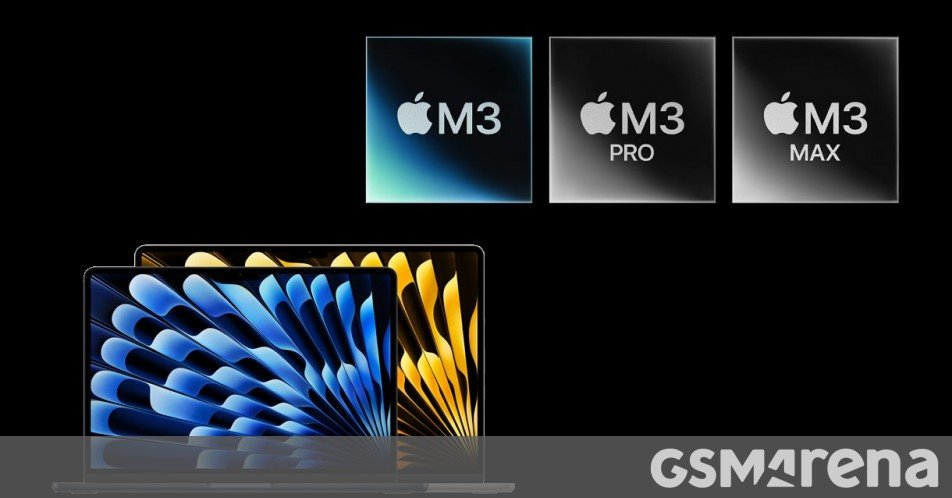Apple unveiled the M3 series of chips in October at its “Scary Fast” event. We’ve seen them in various form factors like the MacBook Pro and iMac, but yesterday Apple launched M3-powered MacBook Airs in both 13” and 15” sizes. The unique thing here is that the chip runs only on passive cooling, which leads to a different performance profile.
So, how fast is it? The first results have already surfaced in Geekbench’s database and show a boost of around 20% in both single and multi-core CPU performance over the M2-powered Airs. Compared to the original M1 Air, the difference is in the 30-40% range.



M3 MacBook Air versus: M2 15” • M2 13” • M1 13”
You can have a closer look at the score breakdown here: vs. M2 15”, vs. M2 13”, vs. M1 13”.
The M3 generation’s main improvement lies in the GPU, however, and that is something that Geekbench doesn’t test. But we mentioned cooling – the Air lacks the active cooling of a MacBook Pro. How much of a difference does that make?
For the short duration of the Geekbench test, the answer is not much (at least when comparing against the same base M3 chip). The difference looks to be in the margin of error. Of course, that won’t be the case for sustained workloads, but you’re not buying an Air for 3D rendering or video editing.

M3 MacBook Air vs. M3 MacBook Pro
The Pro models are also available with the M3 Pro and M3 Max chips, for those seeking more compute power.
The MacBook Air M3 starts at $1,100 for the 13” model and $1,300 for the 15” one. In both cases this is with an 8-core CPU, 8GB of RAM and 256GB storage, though the GPU is different – 8-core on the 13” model and 10-core on the 15” one. For comparison, the M2-powered 13” Air starts at $1,000 with an 8-core CPU and GPU and 8/256GB memory.

